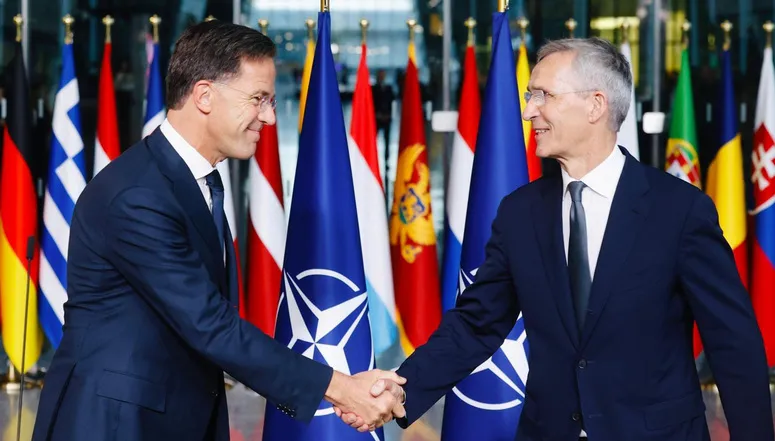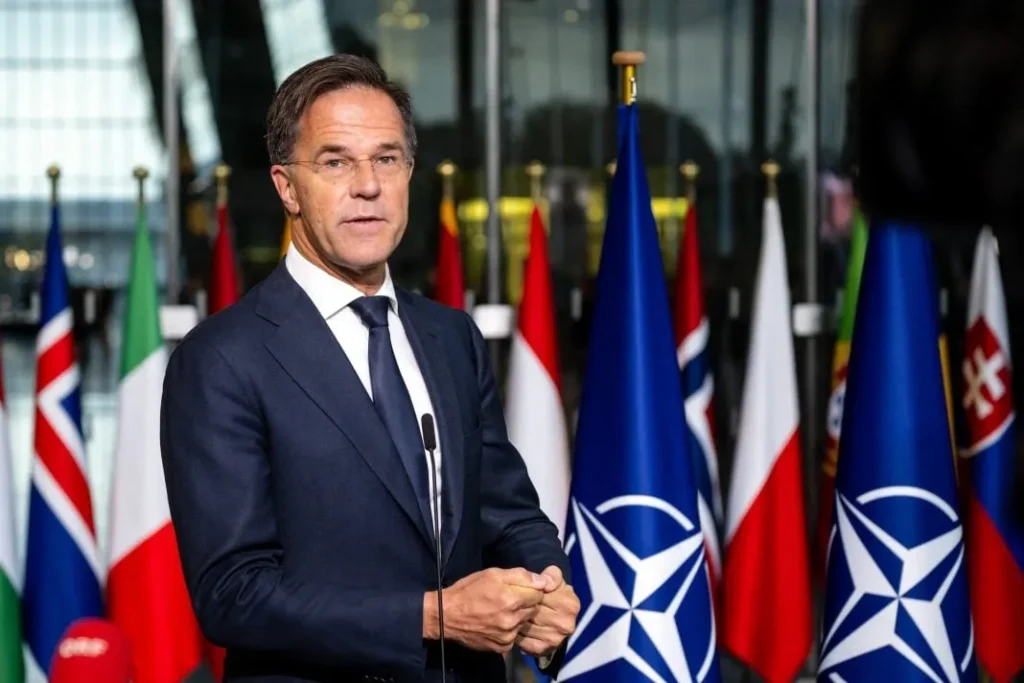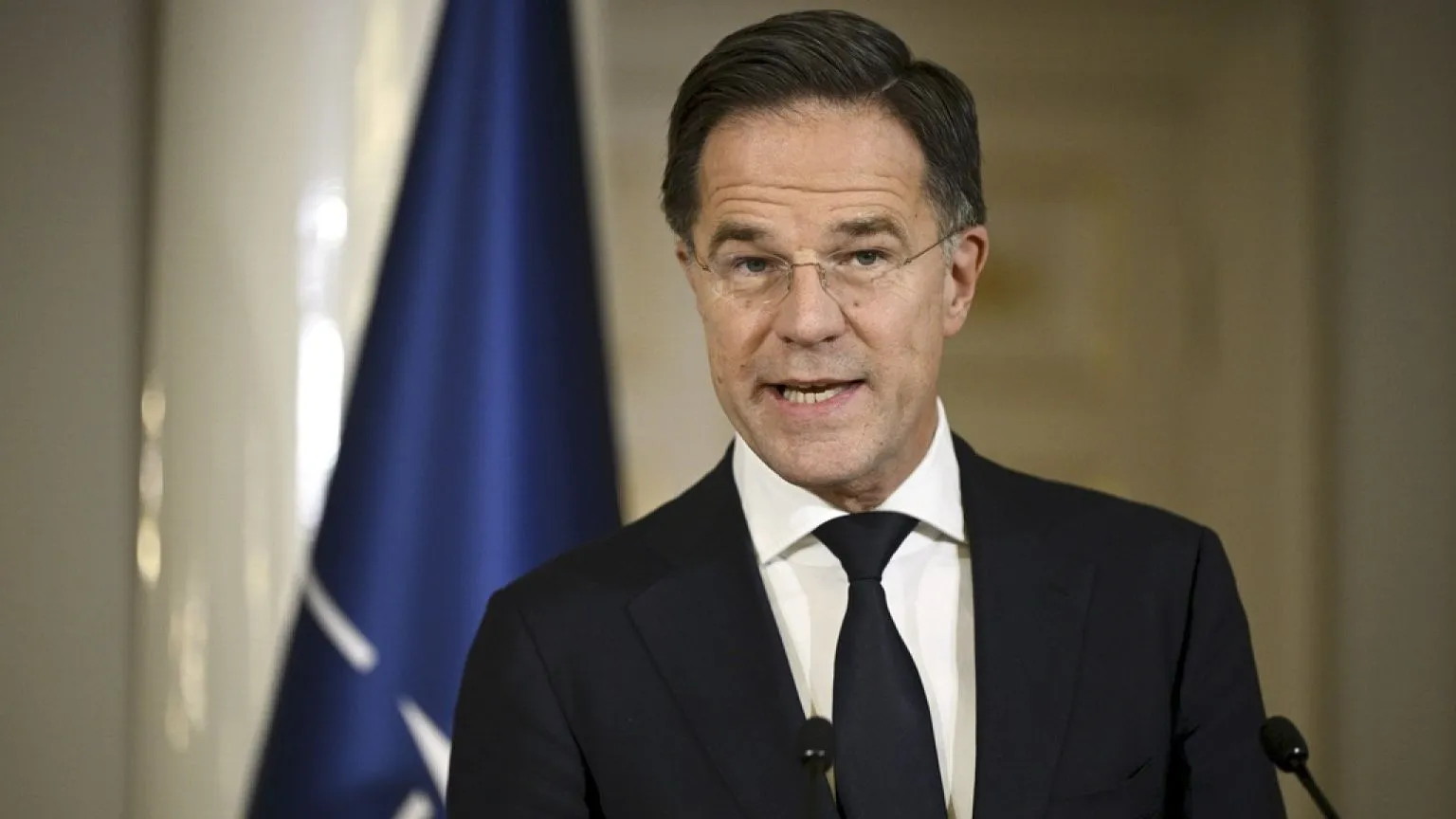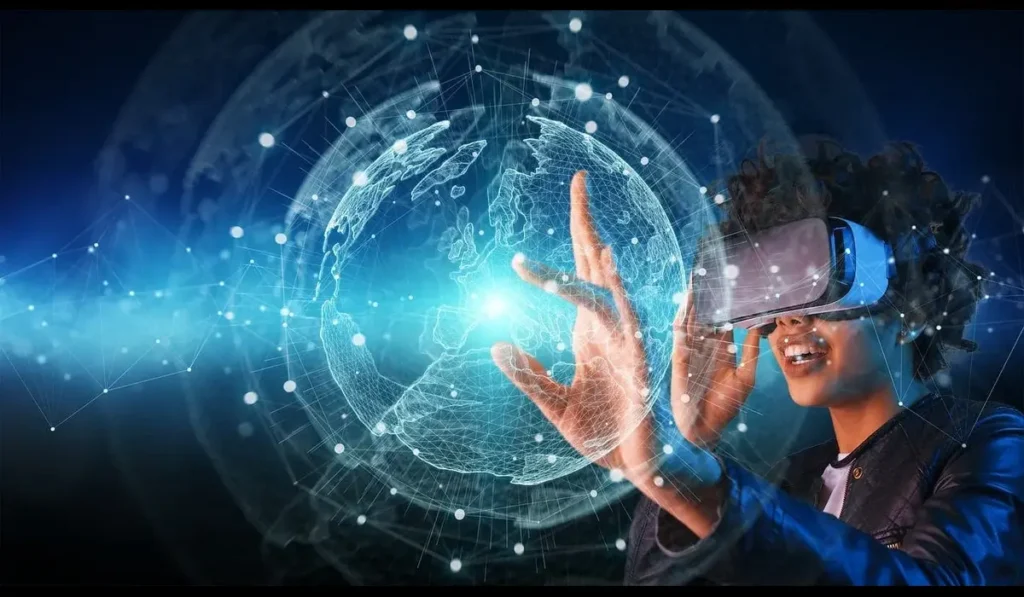Mark Rutte, the former Prime Minister of the Netherlands, has officially taken the reins as NATO’s 14th Secretary-General, ushering in a pivotal new chapter for the alliance. As geopolitical tensions escalate, particularly in Eastern Europe and the Indo-Pacific, Rutte steps into one of the most demanding global leadership roles of the decade. Known for his pragmatic diplomacy and steady leadership during over a decade in Dutch politics, Rutte’s appointment signals NATO’s desire for stability, continuity, and decisive action in an increasingly multipolar world.
Who Is Mark Rutte?
Mark Rutte served as the Prime Minister of the Netherlands from 2010 to 2024, becoming one of Europe’s longest-serving leaders. His political career has been defined by a consensus-building approach, strong economic stewardship, and his ability to navigate a series of national and global crises. Rutte is widely respected for his ability to balance liberal democratic values with hard geopolitical realities — traits that now serve him well at the helm of NATO.
The Strategic Importance of His Appointment
Rutte’s appointment comes at a time of significant global uncertainty. Russia’s aggression in Ukraine, increasing tensions between China and Taiwan, and ongoing unrest in the Middle East have reshaped the international order. NATO, a defensive alliance originally formed to counter Soviet aggression, now finds itself adapting to new, hybrid threats — from cyberattacks and misinformation campaigns to energy blackmail and space-based warfare.
Rutte’s steady hand and diplomatic acumen are expected to help bridge the gap between traditional security threats and modern geopolitical complexities. His experience in coalition governments is especially relevant given NATO’s diverse membership and the need for collective consensus on strategic defense matters.

The 5% Defense Spending Pledge
Perhaps the most dramatic development under Rutte’s early tenure is the push for NATO member states to increase defense spending to 5% of their respective GDPs by 2035. This is a significant leap from the long-standing 2% target and signals a recognition that the world’s security landscape has fundamentally changed. The decision, supported by both European and North American allies, reflects an urgent need to match or exceed adversaries’ defense production capabilities, particularly Russia’s rapid militarization.
While some NATO members already meet or exceed the current 2% goal, many face political and economic hurdles in scaling up. Rutte’s role will include providing strategic frameworks, technical support, and diplomatic engagement to ensure that nations not only commit to the pledge but also translate that commitment into actual military readiness.
Navigating U.S. Political Dynamics
One of Rutte’s most delicate challenges is maintaining strong U.S. engagement in NATO, especially amid shifting political winds in Washington. With U.S. leadership subject to electoral cycles and changing global priorities, Rutte’s success depends heavily on fostering bipartisan support for NATO across American political lines.
He has made it a point to regularly engage with both the U.S. executive and legislative branches, emphasizing NATO’s role not just in European defense but in global stability, economic security, and counter-terrorism. Rutte understands that keeping America committed to NATO is a linchpin of the alliance’s effectiveness, especially as the U.S. continues to reassess its foreign policy priorities.
Recalibrating NATO’s Strategic Vision
Under Rutte’s leadership, NATO is expected to pivot toward a three-pronged strategic focus:
- Strengthened Collective Defense
Increasing deterrence along the eastern flank, especially in Poland, the Baltic states, and Romania, is a top priority. NATO plans to enhance readiness, boost joint exercises, and expand rapid deployment capabilities in these areas. - Technological Superiority and Cyber Defense
NATO is investing in AI-driven military technologies, quantum computing, and space-based surveillance systems to stay ahead of adversaries. Rutte is expected to champion a new NATO innovation fund targeting cyber infrastructure and digital warfare. - Partnership Expansion and Indo-Pacific Engagement
As China becomes a more assertive player globally, NATO under Rutte is exploring ways to deepen ties with democracies in the Indo-Pacific, such as Japan, Australia, South Korea, and India. These partnerships are not aimed at expanding NATO’s reach, but rather building resilience through strategic dialogue and technology sharing.

Internal Alliance Challenges
While Rutte has enjoyed early success in rallying member nations around core security goals, he must also navigate internal disagreements. Issues like burden-sharing, differing foreign policy views on China, and the ongoing debate over Ukraine’s NATO membership continue to challenge alliance unity.
Smaller member nations fear being overshadowed by larger states, while others are cautious about provoking adversaries through perceived escalatory rhetoric. Rutte’s political skill lies in building consensus without alienating key players, and that ability will be tested repeatedly in the coming years.
The Ukraine Question
Though not yet a NATO member, Ukraine remains a flashpoint in alliance discussions. While support for Ukraine in the form of weapons, training, and financial assistance remains robust, NATO members remain divided on granting full membership. Rutte has advocated for a measured, strategic path forward — one that strengthens Ukraine’s defense capability while ensuring that the alliance does not overextend or trigger wider escalation.
Public Trust and Political Optics
In a time when public support for foreign military engagement is increasingly volatile, Rutte faces the added challenge of keeping NATO relevant in the eyes of everyday citizens. Public diplomacy, media transparency, and tangible demonstrations of NATO’s benefits (such as humanitarian relief or disaster response) will be crucial. Rutte’s reputation as a communicative and level-headed leader may help foster broader support for NATO’s expanded role in global security.
Related Blog: Zohran Mamdani: NYC’s Rising Progressive Powerhouse
Looking Ahead: What to Expect
In the coming year, Rutte is expected to launch a comprehensive NATO 2035 Strategic Outlook report, outlining the alliance’s priorities in the following areas:
- Space-based missile defense and satellite communications
- Joint intelligence and anti-surveillance measures
- Expanding special forces training programs
- Coordinated energy security infrastructure projects
- Emergency preparedness for biowarfare and pandemics
Rutte’s leadership will shape the next decade of NATO’s evolution, pushing the alliance to become more agile, tech-savvy, and globally connected while staying true to its original mission of collective defense.
Frequently Asked Questions (FAQs)
Q1. Who is Mark Rutte?
Mark Rutte is the former Prime Minister of the Netherlands and the current Secretary-General of NATO. He is known for his pragmatic leadership style, diplomatic skill, and long-term governance experience in Europe.
Q2. Why was Mark Rutte chosen to lead NATO?
Rutte was selected for his extensive political experience, his track record of coalition-building, and his ability to navigate complex international issues. His moderate approach appealed to both European and American policymakers.
Q3. What does the new 5% GDP defense spending goal mean?
This new goal requires NATO member countries to allocate 5% of their Gross Domestic Product to defense by 2035, doubling the previous target. It reflects the need for greater investment in deterrence, readiness, and technological advancement.
Q4. How is NATO responding to the Russia-Ukraine war under Rutte?
Under Rutte, NATO continues to support Ukraine militarily and financially while avoiding direct conflict with Russia. The alliance is also strengthening its eastern defenses and accelerating military readiness.
Q5. How is NATO dealing with internal disagreements?
Rutte uses diplomatic engagement to build consensus among diverse member states, encouraging flexible timelines and collaborative solutions on contested issues like budget increases and foreign policy direction.




